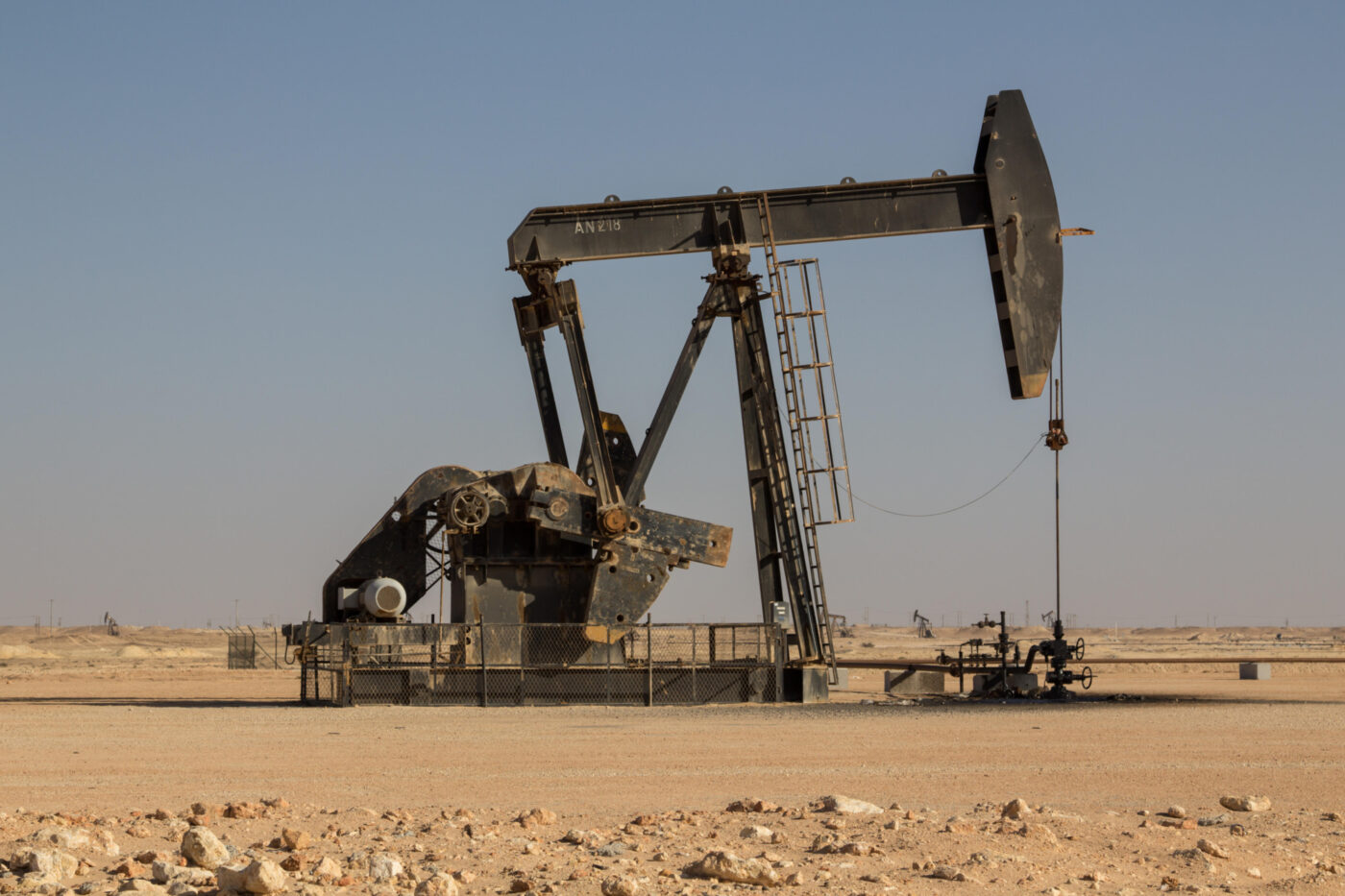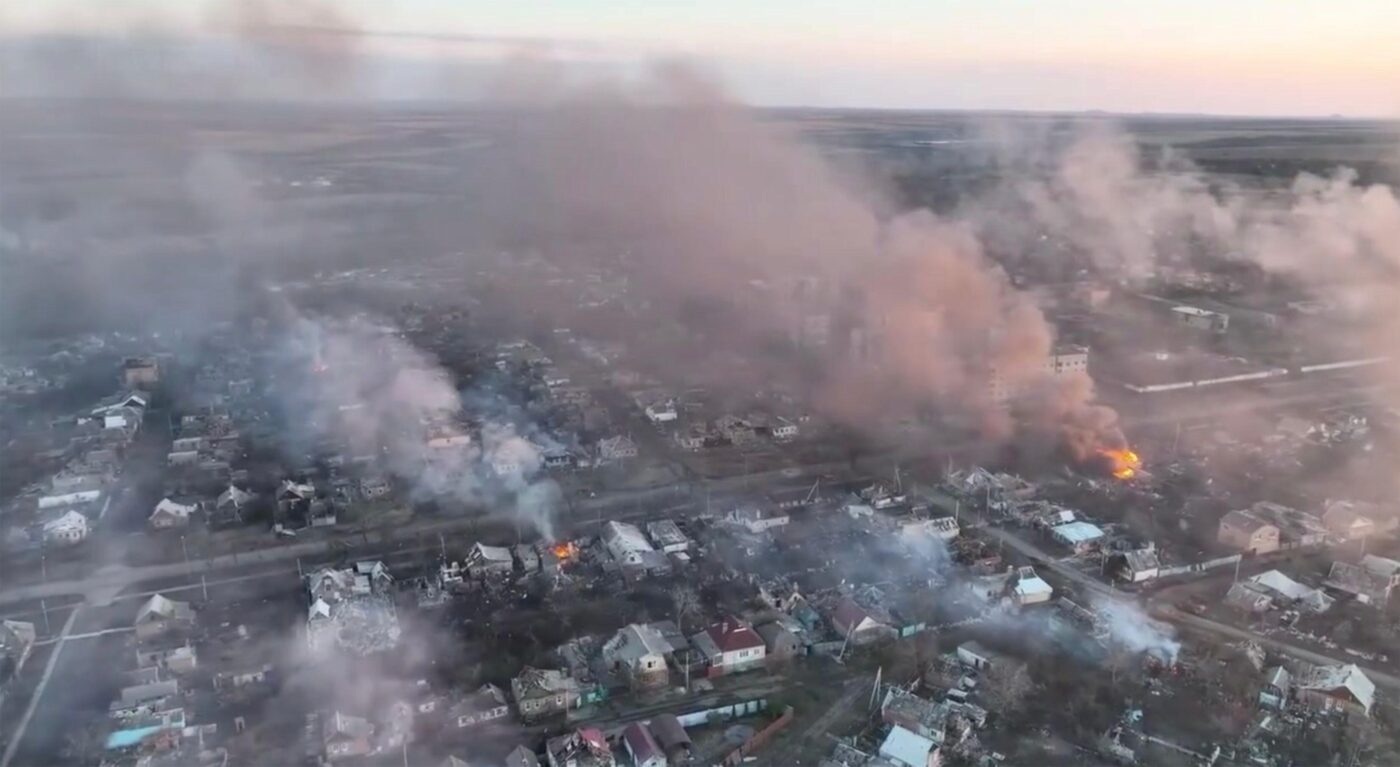Gold prices have been on an uptrend since the fourth quarter of 2022 with the rally accelerating appreciably from the first quarter of 2024 onwards and making a series of record highs in nominal terms in the process. Up until recently, price pullbacks, while sometimes sharp, have been short-lived. The rally has been powered by a cocktail of factors including escalating geopolitical and trade risks, economic policy uncertainty, heightened concerns over fiscal profligacy and near unprecedented central bank demand. The dollar’s weakness and a shift in Fed policy further boosted gold prices. The emergence of central bank demand is perhaps one of the most influential drivers of the rally, while geopolitical risks have risen to levels not seen since the Cold War – contributing to gold demand across a wide a number of fronts.
These characteristics are further endorsing gold’s status as a safe haven and quality asset in times of economic and political uncertainty and financial market stress. Just as prices breached US$1,000/oz during the peak of the financial crisis in 2008, then US$2,000/oz during the COVID-19 pandemic 12 years later in 2020, they have mounted US$3,000/oz in the current period of elevated geopolitical and trade risks. Geopolitical risks are further complemented by profound economic and policy uncertainty as well as sticky inflation and lingering low interest rates in many countries. After repeatedly hitting new highs in nominal terms, gold prices reached a record US$3,500/oz on 22 April and remain above US$3,300/oz, as of writing. Of all the factors propelling gold, geopolitical risks still stand out as a main driver, but the inability of the market to drive to new highs during the recent Israeli and US strikes on Iran gives us pause for thought.
Of all the factors propelling gold, geopolitical risks still stand out as a main driver, but the inability of the market to drive to new highs during the recent Israeli and US strikes on Iran gives us pause for thought.
While gold made repeated new highs above US$2,000/oz from Q1 2023 onwards, it is only recently that prices have made highs in real – inflation adjusted – terms. On two occasions gold briefly hit US$850/oz in January of 1980. This proved to be the high watermark for gold prices, in real terms, until April of this year, when bullion moved above US$3,400/oz peaking – so far this year – at US$3,500/oz. According to the Federal Reserve Bank of Minneapolis’ inflation calculator, US$850 in January 1980 is worth about US$3,325 in today’s money. Examined in real terms; therefore, gold realistically did not hit new highs until mid-April of this year.
The rally to record highs invites historical comparison with January 1980. What drove prices to record highs in 1980? Gold thrives on risk and uncertainty, be it political, economic, financial or even social, all of which were elevated in that period. Are the risks that buoyed gold prices in 1980 comparable to those powering the gold market currently? Is the world effectively riskier? Was it less or more economically challenged or fractured then compared to today and what can that tell us about gold prices? High prices were not sustained as the rest of 1980 unfolded and bullion fell almost uninterruptedly for the rest of the decade, ending 1989 at just above US$400/oz. Could the gold market be in for a similar decline or are the new forces at work likely to sustain gold at or near record levels?
1980s All Over Again?
The run up to the then record high of US$850oz in January drew global media attention and was largely in sync with record high silver prices of US$50/oz. The surge in gold was mostly driven by high inflation with prices rising at rates not seen in many countries since before WW2. Price increases were fomented in part by high oil prices and supply interruptions in the wake of the Iranian revolution. The 1979-80 energy crisis, also known as the second oil crisis, also helped destabilise financial markets, notably equities. The global order was further strained by escalating geopolitical risks in the wake of the Soviet invasion of Afghanistan and the US Embassy siege in Tehran. The dual impact of rising prices and escalating geopolitical risks supercharged gold.
The events of 1979-80 were only the latest in a decade long series of destabilising economic and political events leading to higher gold. Inflation was on the rise well before the end of the Bretton Woods system. The system established a fixed exchange rate system with the US dollar as the anchor and pegged gold prices, formally ended in 1973. Meanwhile, the US effectively ended the dollar's convertibility to gold in 1971. The gold run-up that followed was initially in response to the artificial maintenance and suppression of gold prices under Bretton Woods, which kept gold at US$35/oz for most of the period that the system operated. In real terms, the gold price fell 75% from the time the gold market was regulated by FDR in 1934 to the end of Bretton Woods and the closing of the Gold Window in 1971. When the system ended and gold and the US dollar became freely convertible, prices surged with the bullion market in search of a rational equilibrium. The demise of Bretton Woods coincided with the first energy crisis 1973-4 which also occurred in the wake of war and turbulence in the Middle East, the 1973 Yom Kippur War and OPEC-engineered oil supply disruptions. The end of the Bretton Woods also triggered a steep depreciation of the US dollar, notably against the D-Mark and Japanese yen, which also buoyed gold.
The period leading up to record high gold prices in January 1980 was marked by inept and harmful economic policies. Most notably inflation, which was fueled by expansionary monetary policies in western and non-western countries alike – triggering demand beyond productive capacity. Widespread commodity price increases, in addition to oil shocks including escalating food prices, were in part the result of poor Soviet harvests and drought. On the geopolitical front, the NATO alliance was on the defensive in Europe in the face of an unprecedented increase in miliary spending by the Warsaw Pact. The Soviet Union and its allies made progress in winning over post-colonial states in southern Africa and elsewhere. In short, it appeared that the US and its allies were losing the Cold War, that economic malaise had become a fact of life and that western countries were on the defensive. The S&P 500 experienced a substantial decline for much of this period and the Dow Jones Industrial Average saw minimal gains overall in the 1970s. Interest rates rocketed to offset rising inflation as government debt grew notably. This period was a particularly challenging one for equity markets. Stagflation (high inflation and slow economic growth) led to significant stock market downturns, particularly in 1973-4.
The events of 1979-80 were only the latest in a decade long series of destabilising economic and political events leading to higher gold.

Crude oil drilling well in the Middle East
Contrasts to the Modern Day
While there are similarities between now and the 1980 period, we should be careful not to take this analogy too far. Two important drivers of gold in 1980, high inflation and unemployment, both in double digits, are currently modest in comparison to that period. This may be among the most striking differences between the two periods and does not indicate sustained high gold prices. Monetary policy has made significant progress at both controlling inflation and sustaining high employment levels. While labor market concerns have risen recently and inflation has been uncomfortably sticky, they are nowhere near the problem they were in 1980. Similarly, equity and financial markets appear in far better shape now than they were in 1980.
The geopolitical front has a different but nonetheless powerful set of challenges. After moving into a unipolar world with US hegemony largely assured in the wake of the collapse of the Soviet Union followed by its dismantling and end of the Cold War – a period which saw a near constant decline in gold prices as geopolitical risks receded. The US and its allies now face a new set of challenges to the Western order. China has emerged onto the world stage. This is one of the great differences between 1980, and previous gold market, and now. In addition to assuming the place of a rival to the US in the Asia Pacific region and other areas of the world, China appears locked in a rivalry with the US for economic as well as technological global dominance.
While possibly not an ideological rival to the US, as was the case with the USSR, China is a very real economic and political competitor in the emerging world. Moreover, a more truculent Russia has re-emerged. The invasion of Ukraine and push against an expended NATO brings a fresh set of challenges that directly support gold prices. That being said, it is hard to draw precise comparisons with 1980 and, as volatile as the situation may be currently, the international climate does not look as problematic and dangerous as it was in 1980. US leadership, however, is being challenged and turbulent times typically rally gold prices. In real purchasing terms, oil and other energy products, agricultural products and food as well as a host of raw materials are cheaper now than in 1980. The most obvious example of this being oil. This also further establishes that gold prices should not be at 1980 levels.
Central Bank Demand
In 1980, central banks were not actively buying gold. To the extent they were active in the market, they were sellers, but not significant ones. Western central banks had come off a period of gold accumulation as the Banque de France and others exchanged US dollars for gold in the waning years of Bretton Woods. After 1991 and the end of the Cold War, these same central banks were notable sellers, but by and large central banks which were not involved in the gold market in 1980. This stands in stark difference from today.
The near 50% rise in price in the 2022-4 period was driven primarily (but not exclusively) by central bank demand for gold. After averaging 455t for the previous ten years, central bank demand shot up in 2022 to 1,081t – at the time the most since 1968, when gold operated under the Bretton Woods System and helped to take gold above US$2,000/oz. Demand remained near historical levels in 2023 when official sector demand totalled 1,051t and inched up to 1,086t in 2024 according to the IFS. When compared to mine production, almost one out of every three ounces that was mined in 2022 and 2024 went into a central bank vault.
The elevated position of gold in central bank reserves is highlighted in recent reports by the World Gold Council, the European Central Bank (ECB) and HSBC. Global holdings of gold by the official sector now stand at more than 36,000t, according to the IFS, approaching the all-time high of 38,000t reached in 1965 during the Bretton Woods era. Based on the sharp increase in prices and continued central bank accumulation, the share of gold in global foreign reserves at market prices has leapt to 20%. A number that surpasses the share of the euro (16%) and comes second only to the US dollar as highlighted in the ECB’s annual report on the international role of the euro.
The survey data suggest that two-thirds of central banks invested in gold for purposes of diversification, while two-fifths did so as protection against geopolitical risk. ECB surveys used in the report reaffirm drivers of demand as well as a more recent HSBC Reserve Management Trends: Survey Results (15 April 2025). The surveys
suggest that hedging motivated by economic and geopolitical factors played a role in these historically large purchases of gold, notably in emerging and developing economies and that countries that are geopolitically distant from the West. These have been the most active diversifiers into gold. A shift away from the US$, or de-dollarisation, is an important element in gold demand. However, the USD is likely to remain the world’s reserve currency for the foreseeable future.

Presidential Office, Ukraine War, April 2023.
China and Emerging Nations
The buying power of the emerging world regarding gold is enormously more substantial now than in 1980. The 1980 period predates the liberalisation of the gold market and other reforms initiated in the 1990s. China was essentially isolated from the world gold markets. India has also been a part of the global bullion market but limited foreign exchange and other issues kept India’s participation to a minimum.
Mainland China and India together account for 50% of global physical gold demand, half of which is in jewelry. Despite being the world’s largest gold producer, China can attract the equivalent of as much as one-third or more of global mine production in imports in normal years.
China imported 1,240t in 2024 up from 818.3t of gold in 2023. India is usually the second-biggest importer of gold in the world after China. Having almost no domestic gold mining industry of its own, all new demand not covered by recycling must be met by imports. In July 2024, in a bid to reduce smuggling, import taxes were reduced to 6% from the previous 15%. After a brief jump; however, 2024 imports still came in 135t below the previous year’s levels at 712t. This is still significantly above 1980 levels.

In Conclusion…
The table below shows some differences between January 1980, which saw gold at a then all-time high of US$850/oz and today. In many respects, the drivers of gold in 1980 are much less virulent than today: inflation and unemployment are far lower, and advances in monetary and economic theory have helped stabilise financial markets. Enormous economic and technological progress has reduced some elements of gold demand. Overall commodity prices – which help determine gold prices – are lower in real terms. This gives pause for concern.
It is much harder to quantify geopolitical risks. While they have clearly risen in recent years, with the challenges of China and a more truculent Russia, it is still likely that the risks of global confrontation are lower now than at that period. However, US leadership is – as in 1980 – undergoing challenges which help stimulate gold demand.
The sheer level of demand from the official sectors emerging world, particularly China, may very well be the crucial difference. Gold is consumed in vastly greater quantities by investors, retailers and the official sector. Although mining supply has risen, demand appears likely to remain strong. That said, there may still be lessons from 1980. Changes in the political landscape including the election of Ronald Regan in the US and Margaret Thatcher in the UK, followed by wins on the geopolitical fronts by the US and its allies and economic rejuvenation, spelled the end of a very powerful gold bull market in 1980. Changes in the current global climate – be they tackling fiscal debt, tariff dispute resolutions, a reduction in geopolitical risk or reproachment between the US and China – may also have a negative impact on gold.


